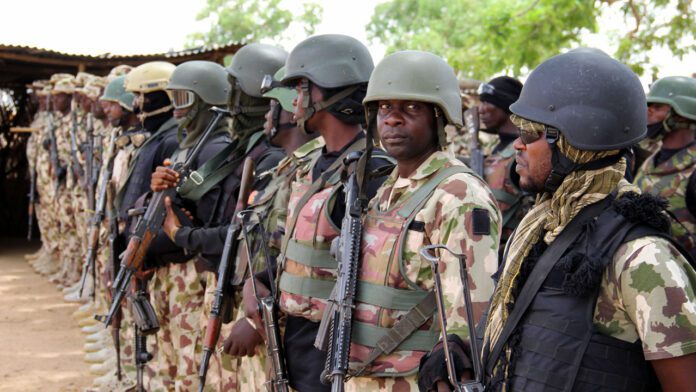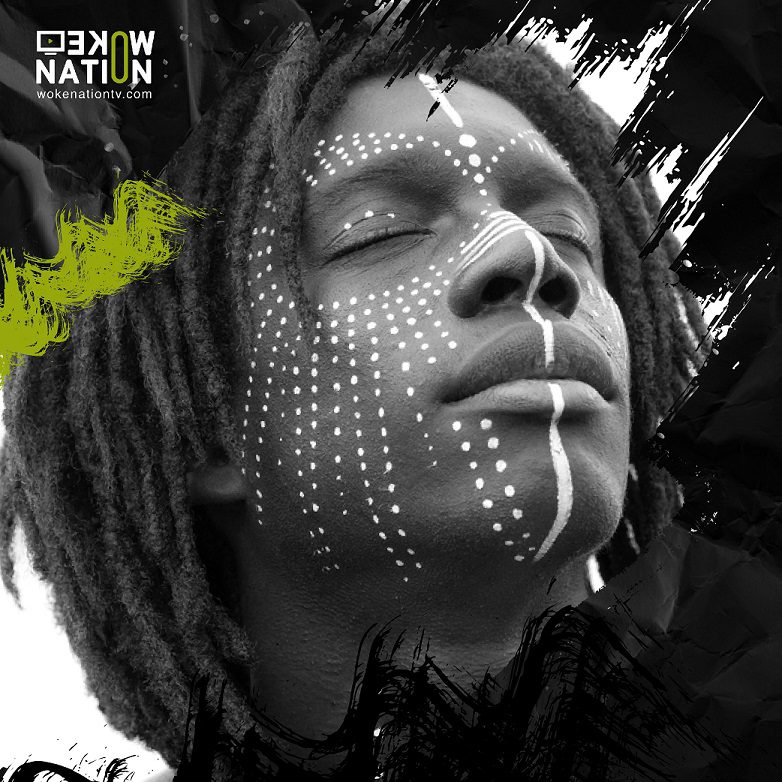
The Nigerian Army goes back to 1862 when Lt. Glover of the Royal Navy chose 18 indigenes from what is now Nigeria. He organized these indigenes into a local militia known as the “Glover Hausas.”
Glover employed his army of locals while he was the governor of Lagos. His army carried out punitive expeditions in the Lagos hinterland, including securing British commercial routes surrounding Lagos.
The Glover Hausas became a regular force in 1865 and eventuallynamed the Lagos Constabulary. They worked for the colonial government as both police and military officers.
They were renamed Lagos Battalion after joining the West African Frontier Force (WAFF) in 1901.

In addition to the army, the British administration also incorporated the Royal Niger Company (RNC); the Northern Nigeria Constabulary Force in 1886; and the oil rivers irregular in 1891.
READ: Some of Nigeria’s notable heroes and heroines in history
Lord Fredrick Lugard established the incipient West Africa Frontier Force (WAFF) in Jebba, Northern Nigeria, in 1889.
The new force grew by absorbing components of the Royal Niger Company (RNC) Constabulary headquartered in Northern Nigeria.

By the end of 1901, it had absorbed all paramilitary groups in the other British possessions; completely justifying the moniker “WAFF” which consolidated all troops into regiments in all dependencies.
The Nigeria merger in 1914 resulted in the Northern Nigerian Regiment and the Southern Nigerian Regiment.
Lt CHP Carter (1899-1901) and Col J Wilcox (1900-1909) were the first commanders of the WAFF’s Southern Regiments.
READ: African countries and their Independence Day
The Northern Nigerian Regiments became the 1st and 2nd Battalions of the Nigerian Regiment; while the Southern Nigerian Regiment became the 3rd and 4th Battalions of the Nigerian Regiments.
The mounted infantry of the Northern Regiments became the ordinary Infantry Battalion after the Second World War. Field artillery also existed in the Northern Regiment.
The British Army Council in London transferred the authority of the Nigerian Mobilization Force (NMF) on June 1, 1958.
After Nigeria attained independence in 1960, the NMF was renamed the Royal Nigerian Army (RNA). The Army also changed its clothing, rank structure, and instruments from RWAFF to new ones in the same year.
